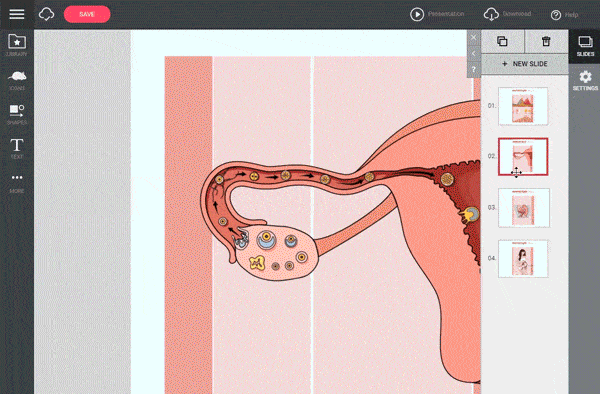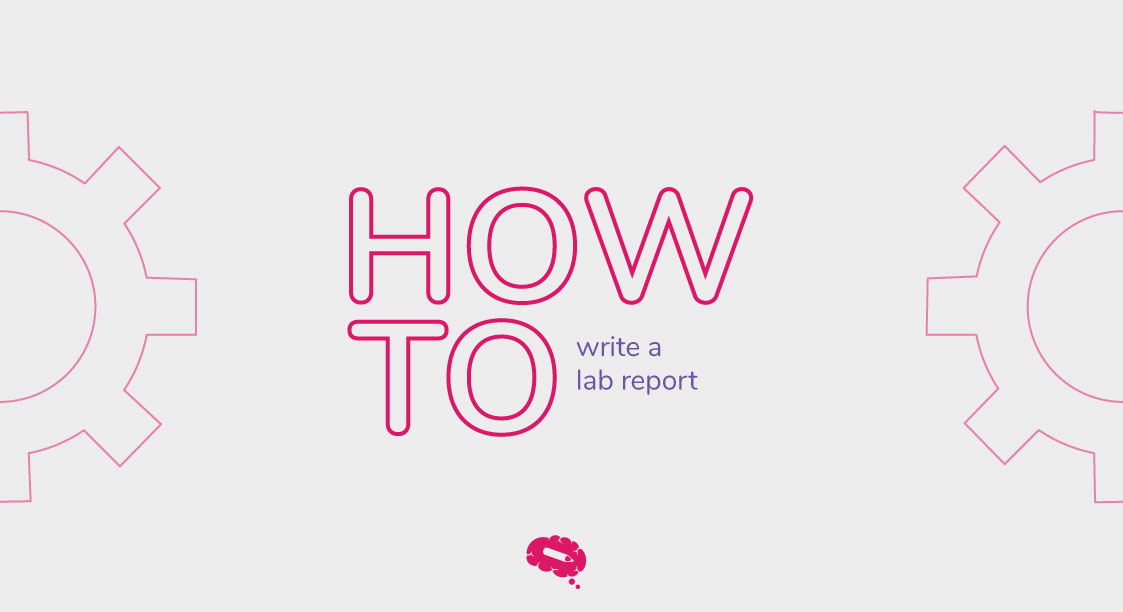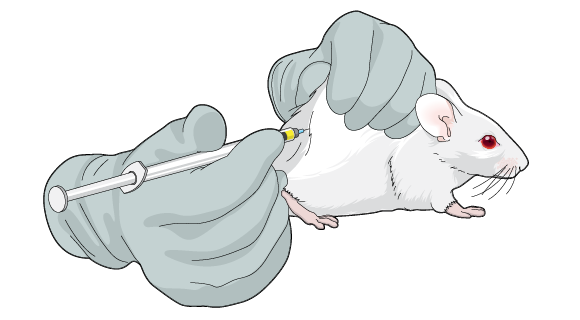Lab reports – this term may haunt you throughout your graduation years and might look like a headache. However, if you need good grades, you have no option but to submit them. Well, if you’re thinking this, you are missing the clues to writing a great lab report.
Once you delve deep into writing a lab report, you would admire “is it what I was so confused about?”. Read the article to improve your understanding of how to write a lab report and the structure that one should follow to get a better impression.
What is a lab report?
A lab report is a comprehensive document that describes the process of a lab experiment. The main purpose of the report is to determine your understanding of a particular experiment and how well you would be able to perform it.
Though these are shorter than research papers, lab reports are mainly used in the science, technology, engineering, and mathematics fields to polish your practical knowledge.
How to Write a Lab Report?
A typical lab experiment includes the aim, methodology, results obtained, and conclusion driven by the experiment. Lab reports always follow a straightforward and structured procedure. It is crucial to recognize that each and every part of a lab report is important so make sure to write each one of them carefully.
Structuring a Lab Report
A lab report usually consists of nine sections: Title Page, Abstract, Introduction, Materials Required, Method, Results, Discussion, Conclusion, and References. See them all explained in detail below:
- Title Page: This includes the title of the experiment, the names of the authors, the date the report was written, and any relevant course or laboratory information.
- Abstract: An abstract includes a summary of the purpose, methods, results, and conclusion of the experiment. The abstract should be concise, typically one paragraph or less, and should provide an overview of the report.
- Introduction: This section provides the background information and scientific context for the experiment. The purpose of the experiment, research question, and hypotheses should also be stated in the introduction part.
- Materials Required: This section includes the materials and equipment used, the steps taken, and any relevant observations that could be found in the experiment.
- Method: This section provides a detailed description of the procedures used in the experiment. This should be written in a step-by-step manner and should be written in the past tense.
- Results: The result section presents the raw data collected during the experiment, including tables, graphs, images, and other forms of data visualization. The results should be presented clearly and concisely.
- Discussion: This section provides an interpretation of the results, including an analysis of the findings and an evaluation of the hypothesis. The discussion should relate the results to the scientific context and should provide a conclusion based on the data.
- Conclusion: The conclusion provides a summary of the main findings of the experiment. The conclusion should be based on the results presented in the report and should provide a clear statement of reasonings that can be drawn from the experiment.
- References: This section provides a list of any sources that were used in the experiment or referenced in the report. The references should be formatted according to the preferred style guide.
Difference between a Lab Report and a Research Paper
A lab report and a research paper are both written documents used to communicate the results of an experiment or study. However, there are some key differences between the two types of documents.
- A lab report is typically written to document the process of a lab experiment while a research paper is written to present the results of a more comprehensive study often involving multiple experiments.
- Lab reports are usually written in a technical and scientific writing style whereas research papers are usually written in a more academic style with a critical evaluation of data.
- Lab reports are shorter than research papers. A typical lab report ranges from 2 to 10 pages in length while a research paper ranges from 10 to 30 pages.
Lab reports are important because they provide a way to demonstrate your understanding of the experiment to others, and they also provide a permanent record of the experiment that can be used for future reference. Use this guide to write a better lab report that can enhance your understanding and help you score better.
Find the perfect infographic template for your research
How would you feel if you identified any tool that could help simplify science and break the concepts into simple-to-understand infographics? Miraculous, right?
Undoubtedly, infographics are savvy especially for scientists and researchers as they help your audience understand your work. If you aren’t leveraging this advantage yet, sign up for the Mind the Graph tool which could help you link your content with the world’s largest scientifically accurate illustrations library, with more than 70,000 options to improve your work.


Subscribe to our newsletter
Exclusive high quality content about effective visual
communication in science.





